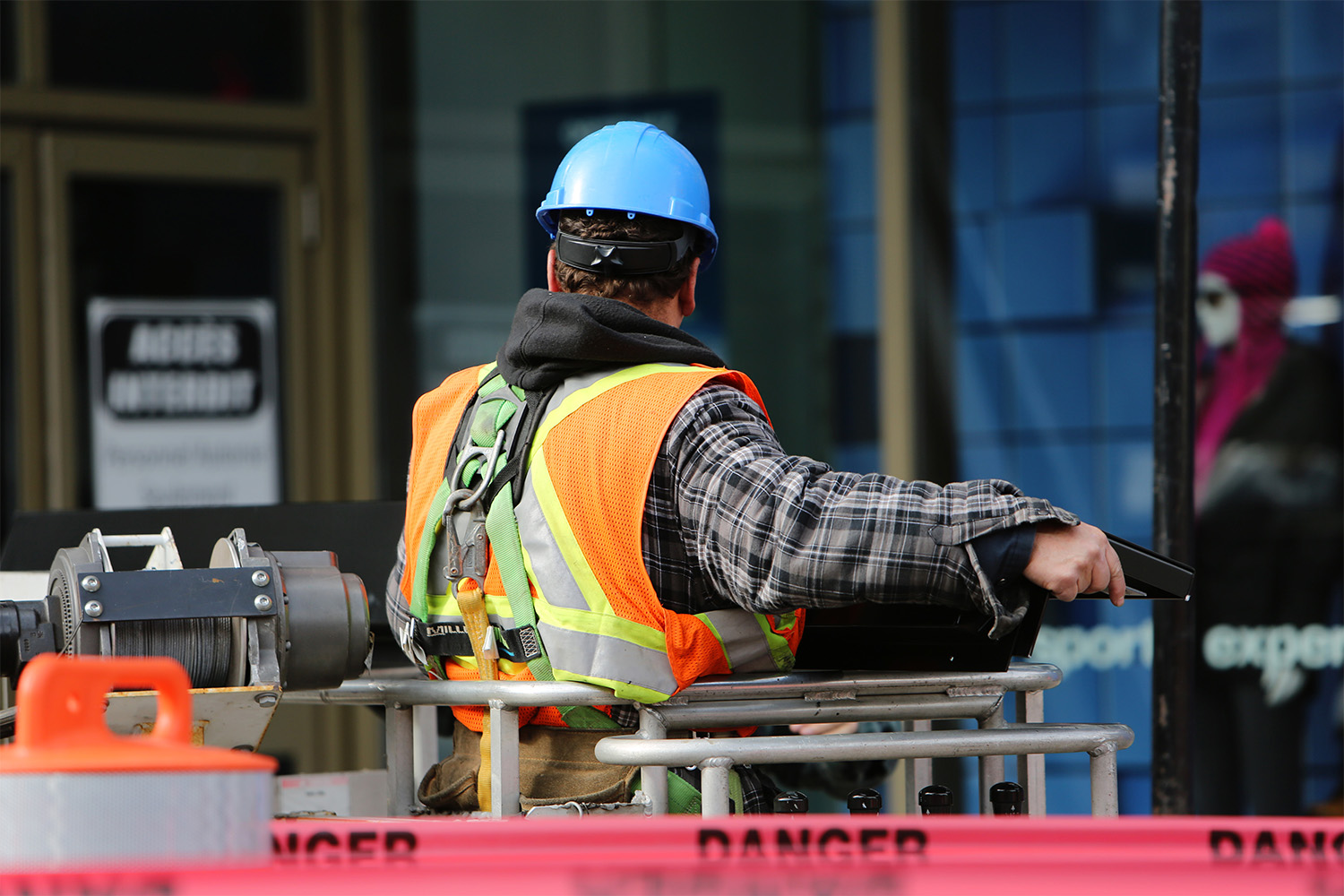Tocci Answers Your Safety Questions
Share

For 21 years in a row, Tocci has received a National Safety Award from Associated General Contractors of America (AGC) of Massachusetts and AON Construction Services Group of Boston.
Whether it’s safety on the job or in the office, you can never be too careful. Safety has always been and remains a top priority for Tocci. To get an idea of what safety questions are on the minds of Tocci employees, we asked employees to submit their questions. Chuck Rosenthall, our Safety Director, provided the following responses:
Q: What are common workplace safety hazards?
A: Hazards in the workplace are not always easily recognizable. The most common type of injuries in the office are from slips, trips, and falls. Struck/caught by is another common injury that occurs when a piece of furniture tips over or an object is knocked over. To prevent injuries in the office check out these <a href=”undefined” title=”undefined” target=”blank”>25 steps to reduce risk of injury in the office</a>.
Q: What is the most commonly seen safety violation in the industry?
A: Lack of personal protective equipment (PPE), more specifically workers on the job site not wearing safety glasses. Tocci has developed even more stringent safety rules for the job site that exceed industry standard PPEs.
Q: What are the types of ergonomic injuries that occur and what are some preventive measures?
A: Ergonomic injuries aren’t often identified as a safety hazard but they are one of the most common in the workplace. There are a number of ways to improve your workspace to prevent these kinds of injuries. Here are some tips from the Mayo Clinic:
- Correct Chair Height: “adjust the height of your chair so your feet rest comfortably on the floor and your knees are level with your hips.”
- Adequate Equipment Spacing: “Place objects such as telephones, staplers, or printed documents close to your body. Stand up to reach anything that can’t be comfortably reached while sitting.”
- Good Posture: “ Center your body in front of your monitor and keyboard. Keep your forearms level or tilted up slightly.”
Q: We’ve been hearing a lot about new rules for confined spaces that will go into effect on August 3rd. What can you tell us about this?
A: Starting August 3rd, 29 CFR 1926 will finally have its own in-depth confined space standard regulations. CFR 1926, which covers the construction industry regulations, has never had its own confined space regulation and has referred to CFR 1910 General Industry regulations for confined space. The new “standard sets forth requirements for practices and procedures to protect employees engaged in construction activities at a work site with one or more confined spaces.” Some examples of confined spaces are pits for elevators or escalators, manholes, concrete pier columns, and transformer vaults. For more information on this regulation follow this <a href=”undefined” title=”undefined” target=”blank”>link to OSHA’s Confined Spaces in Construction</a>.
Q: What is one tool that is most helpful to you as the Safety Director?
A: Job Hazard Analyses (JHA) are one of the most effective tools that we use to ensure high-hazard tasks are completed in a safe and well-executed manner. JHA breaks down a job into its component steps and then evaluates each step, looking for hazards. Each hazard is then corrected or a method of worker protection (safe practice or PPE) is identified. Additional requirements for worker training, certification, authorization, etc., may also be identified for the process or job. The final product is a written document that highlights a standard of safe operation for a particular job.
The many benefits of Job Hazard Analyses include the following:
- Set performance standards
- Standardize operations based on acceptable safe practices
- Provide a form of training documentation regarding employee knowledge of the job requirements
- Comply with OSHA requirements
- Reduce injuries
- Increase productivity and work efficiency by pre-planning
- Increase morale
- Protect employees
Q: What is the most unsafe thing you have ever done?
A: I would have to say rock climbing
Do you have a safety question for Chuck? Leave a question in the comments section below or tweet it at us here!